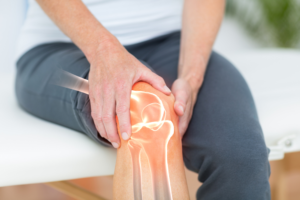Tips For Making Yoga Poses
The purpose of yoga is to attain a balance of healthy mind and body. Taking it a step further, yoga can be the route to self-enlightenment. Yoga poses focus on a variety of things – meditation and relaxation, a good posture, your breathing and flexibility. All of the elements within the practice of yoga can enhance ones physical and mental approach to life. When done properly, yoga can benefit your life in nearly every aspect and it is no wonder why this ancient Indian discipline is still practiced all around the world. If you are just beginning, then you will probably find the following tips for yoga and yoga poses can help to set you off on the right foot.
Your Essential Guide To Yoga
Yoga poses are assessed for their level of difficulty. As a beginner you should pay close attention to the grades on different yoga poses and never rush into doing a pose that looks difficult to perform or beyond your current level. Poses such as the downward facing dog and the child’s pose are typical positions for yoga beginners.
If you feel any pains or discomfort whilst doing a pose you should stop immediately and reassess how the pose should be done. Yoga is not about pushing the boundaries and working through pain.
Throughout your yoga practice you should use a yoga specific mat. This is particularly essential for poses where you are lying down or on your knees. A woolen mat is great for any level of yoga, giving optimum comfort, stability and support.
Breathing is a major component to yoga fundamentals. You will need to have control over your breathing during all yoga poses. One never breathes the mouth, instead using the nose to take long, deep breaths and learning to use the full capacity of your lungs.
Yoga poses will move your body through a variety of postures and will stretch the muscles. One tip for any budding yogis – don’t overeat before a practice as this can upset the stomach and cause discomfort. You should also give a little time after your session before you eat something. The general rule is not to after two hours before you plan to practice and only a light meal such as a soup or salad. After, you should wait a minimum of half an hour, again making it a light meal.
If you become tired or uncomfortable whilst doing poses, don’t hesitate to give yourself a break – taking a moment to concentrate on your breathing before proceeding with the next stance.
It is in common agreement that the best time for you o do yoga poses is in the morning, a little after you have awoken and before breakfast. This is because your mind is clearer and at its most calm, making the task of poses far easier to carry out.
Your choice of clothing will also have an impact on how well you maneuver into different poses. Choose lightweight clothing that fits snug to the body but not too tight that it restricts movement. Cotton is a good material as it allows the body to breathe.




